Home / About PLRB / Catastrophe Services
Catastrophe Services
The need for current and accurate weather and catastrophe information is crucial to the efficient operation of a property claims department. PLRB provides a continual flow of data to its Insurer Members and Affiliate Members via the Catastrophe Services Department. It can be obtained in a variety of formats including: text, spreadsheets, static maps, as well as GIS data including: shapefiles, KML, and map services.
The center of PLRB’s Catastrophe Services information system is the online database accessible through PLRB’s Weather/Cats Hub. This system is updated seven days a week. It provides members with current information on tornado, hail, wind, lightning probability, flood, ice storms, debris flows, earthquake, tropical storms and hurricanes, major fires, explosions, hazardous materials events, riots, and other occurrences that are likely to cause multiple claims.
Daily Email Alerts
The Severe Storm & Occurrence Summary (SSOS) is emailed to our members each morning and provides a list of perils for the 24 hour period through 6AM of the current day. Included is a comma-separated values (CSV) file in plain text format for import into a database. The Threats Assessment is emailed every weekday and some weekends and details forecasted weather events and ongoing disasters, that may affect the insured from the current day to the next several days. It includes severe weather, tropical weather, fire weather, heavy snow/icing, precipitation, and flooding.
Major Events Catastrophe Bulletins
PLRB creates and maintains web pages for specific major events such as hurricanes, major floods, wildfires, riots, and volcanic eruptions. Maps (static and interactive), documents (state of emergencies and evacuation orders, if available), and data analysis are included.
Map Services
A map service makes maps, features, and attribute data available inside many types of client applications. PLRB Catastrophe Services makes maps in ArcMap (the main component of Esri’s ArcGIS suite of geospatial processing programs), then publishes the maps as services to our ArcGIS Server site. Internet or intranet users can then use the map service in web applications, ArcGIS for Desktop, ArcGIS Online, and other client applications. Benefits of integrating include:
- Enable analyses while keeping your sensitive claims and policy data behind your firewall
- Streamline workflow by automating searches
- Users only need to use one system
- Run your own proprietary analyses using desktop mapping applications
Map services are available for:
- Storm Reports (includes tornado, hail, wind, flood, freezing rain, debris flow reports and several others)
- Lightning Probability
- NOAA GOES-R Geostationary Lightning Mapper (GLM) Level 2 Lightning Detection Data
- NEXRAD Hail Size Estimate
- Wind Gust Estimate
- Observed Precipitation
- Snowfall
- ShakeMaps (ground shaking produced by earthquakes)
- Did You Feel It? Crowdsourcing Earthquake Maps
- Fire Perimeters
- Fire Smoke Analysis
- Weather Observations (daily observations from observation stations at airports)
- Watches, Warnings, & Advisories
- Tropical Storm and Hurricane Force Wind Swaths
- Tropical Cyclone Track (Spaghetti) Models
For a complete description of the data please click here to view PLRB’s map services document.
Maps and Apps Portal
PLRB Catastrophe Services has created a Maps & Applications Portal utilizing the latest technology from Esri. The smaller focused web apps are intended to allow the user to find information quickly and easily. View maps and search our large database of severe weather and catastrophe geospatial data.
Current Weather & Forecasts – View storms in the open waters of the Pacific and Atlantic Oceans as well as tropical disturbances and the potential for tropical cyclone formation. Other layers available include current radar, near real-time storm reports, NWS watches and warnings, severe weather outlook, precipitation forecast, and more.

Current Weather & Forecasts Web App – Hurricane Florence – September 2018
Wind/Tornado Research Web App – Conduct an address-specific search for nearby tornado and wind reports, National Weather Service damage assessment surveys, weather observation stations, and historical wind-related warnings.

Wind/Tornado Research Web App – North Dallas Tornado – October 20, 2019
Hail Research Web App – Conduct an address-specific search for nearby hail spotter reports, multi-radar multi-sensor (MRMS) maximum estimated size of hail (hail swaths), and historical severe thunderstorm warnings.

Hail Research Web App – Laredo, TX – May 24, 2022
Lightning Research – Built using the ArcGIS API for JavaScript, this web page allows the user to quickly see if a high probability of lightning existed in the area of a claimant as well as any general areas of lightning detected by satellite (NOAA GOES-R Geostationary Lightning Mapper (GLM) Level 2 Lightning Detection Data).

Lightning Probability Data – October 20, 2019
Other web apps include Earthquakes, Hail Risk Analysis, Tornado Risk Analysis, Hurricane Dorian, Hurricane Harvey, Hurricane Matthew, Hurricane Michael, and Wildfires.
Power Outage Reports
PLRB Catastrophe Services offers historical power outage reports to its members and affiliate members for many urban areas across the country. Catastrophe Services has teamed with Gridmetrics to provide historical power outage reports via their Power Event Notification System (PENS). PENS power sensors are tightly aligned with population density and cover many metro, urban, and suburban areas of the United States. Gridmetrics’ “sensors” are associated with the primary points of communication aggregation, such as a community Wi-Fi hotspot or a 5G small cell or a cable broadband node. Gridmetrics offers the most comprehensive, independent, real-time, hyper-local view of the power distribution grid, today covering ~158m people in the US.

Power Outage Cell Plot (Summary statistics are also included in the report).
One-Stop Weather Data
Designed to quickly and easily retrieve all of PLRB’s weather/CAT data for a particular address and date range. Simply enter an address and click Locate, then enter a date range and click Search. Any severe weather reports (tornadoes, hail, wind) and other storm reports (flood, freezing rain, debris flows) within user-defined (5, 10, 20, 30, 40, or 50) miles of the address; weather observation station data within user-defined miles of the address; lightning data; observed precipitation; snowfall analysis; historical watches/warnings/advisories; fire smoke analysis; earthquake ShakeMaps will be listed.








